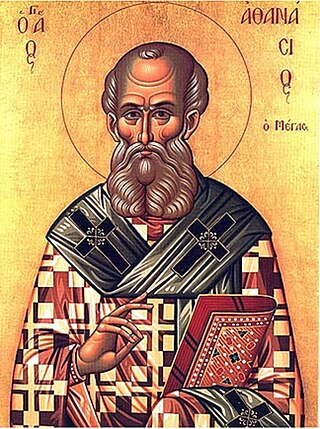Deaths
330



- Achillius of Larissa (or Achilles), Greek bishop
- Arnobius, Numidian apologist and writer
- Guo Mo, Chinese general and warlord
- Helena (Augusta), mother of Constantine I
- Tiridates III ("the Great"), king of Armenia
- Vicinius of Sarsina, Italian Christian bishop
- Zu Yue, Chinese general and warlord
331
- Gregory the Illuminator, official head of the Armenian Apostolic Church
- Micheon of Goguryeo, Korean ruler of Goguryeo [3]
332
- Basilina, wife of Julius Constantius and the mother of Roman Emperor Julian
333
- Cheng Xia, Chinese official and politician
- Liu, Chinese empress of the Jie State (or Later Zhao)
- Murong Hui, Chinese chieftain and duke of Liaodong (b. 269)
- Shi Le, Chinese founder and emperor of the Jie State (b. 274)
- Xu Guang (or Jiwu), Chinese official, politician and adviser
334
- December 5 – Li Ban, Chinese emperor of Cheng-Han (b. 288)
- Calocaerus, Roman usurper [7]
- Li Xiong, Chinese emperor of Cheng-Han (b. 274) [21]
- Shi Hong, Chinese emperor of the Jie state (b. 313) [22]
- Tao Kan (or Shixing), Chinese general and politician (b. 259) [23]
- Wei Huacun (or Xianan), Chinese religious leader (b. 252) [24]
- Yang Nandi, Chinese general and ruler of Chouchi
335
- December 31 – Sylvester I, pope of the Catholic Church (b. 285)
- Chandragupta I, Indian king of the Gupta Empire
- Cheng, Chinese empress dowager of the Later Zhao state
- Lady Xun (or Yuzhang), Chinese concubine of Yuan of Jin
336
- October 7 – Mark, pope of the Catholic Church
- Arius, Cyrenaic presbyter and priest (b. 256)
- Gan Bao (or Kan Pao), Chinese historian
- Murong Ren (or Qiannian), Chinese general
337



- January 13 – Leontius of Caesarea, Roman Catholic bishop and saint
- February 21 – Eustathius the Great, patriarch of Antioch (approximate date)
- May 22 – Constantine the Great, emperor of the Roman Empire, Orthodox priest and saint (b. 272)
- May 27 – Flavius Dalmatius, father of Dalmatius and Hannibalianus (executed)
- August 30 – Alexander of Constantinople, bishop of Byzantium (approximate date)
- September 11 – Julius Constantius, son of Constantius Chlorus (executed)
- September 24 – Hannibalianus, king of the Pontus and nephew of Constantine I (executed)
- September 27 – Dalmatius, Caesar and nephew of Constantine I (executed)
338
- Flavius Ablabius, Roman consul and politician [25]
- Li Qi, Chinese emperor of Cheng Han (b. 314)
- Tuoba Yihuai, prince of the Tuoba Dai clan
339
- Abaye, Babylonian rabbi of the Jewish Talmud
- Chi Jian (or Daohui), Chinese general (b. 269)
- Duan Liao, Chinese chieftain of the Duan state (Xianbei)
- Eusebius of Caesarea, Greek bishop (approximate date). [26]
- Khosrov III (the Small), Roman client king (approximate date)
- Wang Dao (or Maohong), Chinese politician (b. 276)






